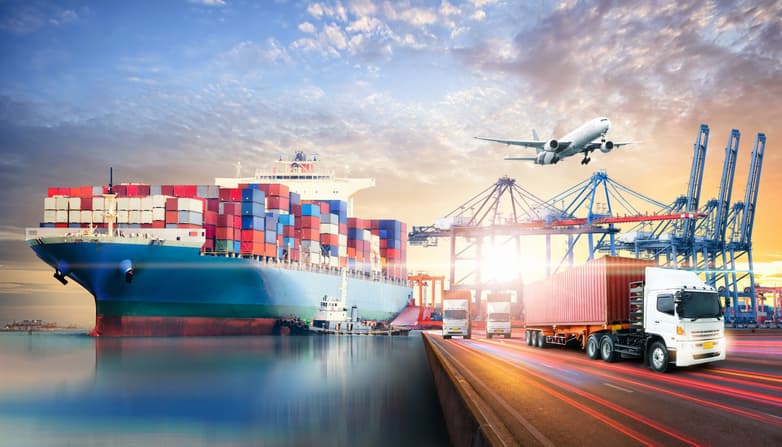
By Eugene Ernoult, Chief Marketing Officer at website translation software specialists Weglot
Marketers are certainly not short of channels when it comes to reaching their target audiences.
As we all transition to increasingly digital lifestyles, the opportunities to present content to consumers appears to grow by the day. Unfortunately, so too does the volume of content that must be created to capitalise on those opportunities.
Marketing departments can find themselves working flat out just to keep up with that demand, only to find additional and time-consuming tasks being added to their to-do lists. And often these are tasks that are not suited to their specialist skill sets.
One of the most acute pain points comes when marketers are tasked with translating their company websites prior to the business entering a new market. This typically sets off an expensive and time-consuming process that sees the marketing team appoint a translation agency, running through several iterations of the site in a new language before briefing their web development team to implement changes.
The marketing and development teams then play a ping-pong game that involves getting frustrated with one another, demanding rapid action and lamenting delays, while doubling the actions required by running parallel websites in different languages.
It is a prime example of the speed of the modern world being delayed by differences in language.
Speed and scale
In the digital world, speed and scale are massively important. Yet these are two measures by which traditional translation services perform very poorly.
Human translators do perform well in terms of accuracy, and in their ability to reflect nuances of humour and empathy. However, they are not well positioned to quickly translate the 100,000 words of, say, a typical retailer website when it wants to launch its next collection in another language.
Traditional translation is also not best suited to providing the flexibility needed by digital commerce. Translators cannot respond instantly to a client who frequently needs product descriptions translated on an ad hoc basis, for example, or quickly translate offers from a hotel chain seeking to respond to an unexpected need to discount rooms in a particular location.
Yet it is a rare – if not mythical – marketing department that has the resources to take on such a translation project in-house, meaning that marketers face a stressful disconnect between what they need and what they can access. It’s a huge effort to take on a large translation project, and marketers are not experts at doing it.
Fortunately, it is a disconnect that technology is fully able to solve – even if many marketers are unaware that a solution is close to hand.
Don’t get held up by language
Just as digital technology has evolved to expand the number of channels that marketers can use to reach their customers, so machine translation capabilities have evolved to meet the language requirements this creates. The technology now has the speed to meet marketers’ demand, at huge scale, while allowing marketing departments to keep translation projects in-house.
Machine learning allows vast quantities of web content to be translated in moments, allowing business decisions to move at full speed by removing the ‘middle men’ of translation agencies, as well as the troublesome back and forth process that plagues that complicated relationship. There is no waiting for changes to be uploaded to a translated website when machine learning is involved.
With machine technology marketers can use a dashboard to immediately implement changes made to their home language website in second and third language versions, with no extra effort.
There are other benefits too. By automating a challenging and time-consuming task, companies avoid the issue of staff resenting taking on a difficult role that they privately believe is (or should be) somebody else’s job. The change also reduces friction between marketing departments and web developers.
Debunking the myths
There are some myths about machine translation that need to be debunked. A recent study of machine learning capabilities showed 85% of their output to be either very good or acceptable, with zero examples judged to be very poor.
This kind of translation is not a panacea, and human translators will be in demand for a long time yet. Users of machine translation tend to be impressed but many will check outputs with human translators on high performing content. Some use it for a first draft translation that massively cuts the time required to bring a new product to market, using human translators to check accuracy.
Yet others consider the accuracy offered by machine translation to be entirely suitable for a fast-moving sector that needs to constantly update multiple, simple product descriptions.
What is clear is that machine translation is a technology that allows companies to achieve the speed, convenience and accuracy they require to move at the same speed as their customers – which is good news in any language.


